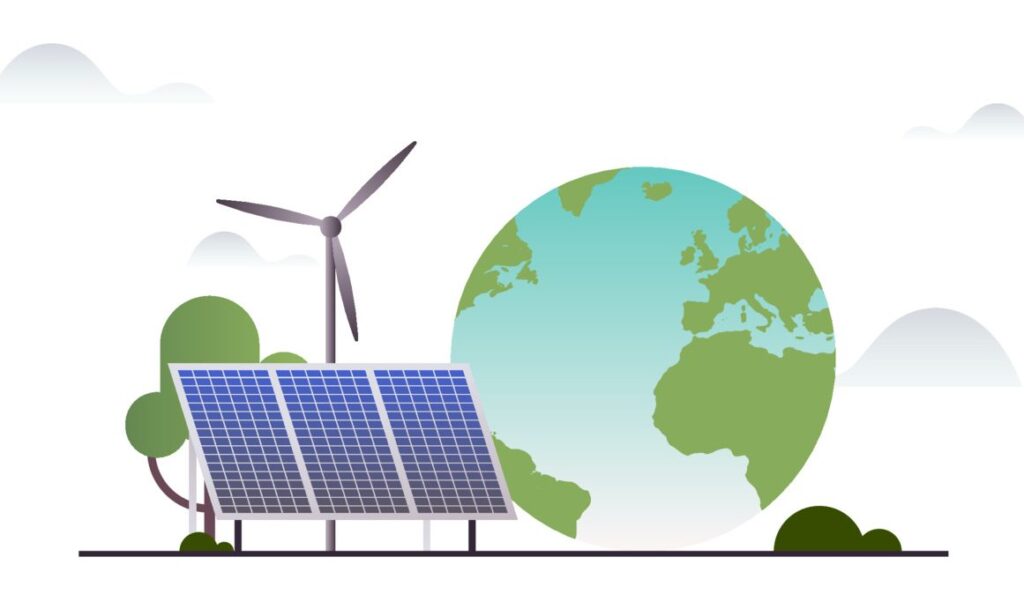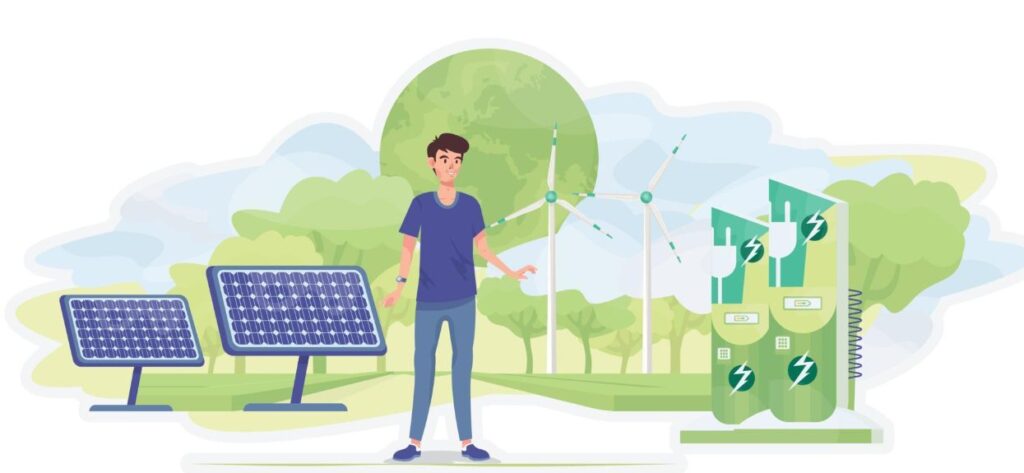Software Development Trends in the Solar Industry
Solar is one of the fastest-growing industries in the world. In the United States alone, there is over 42 GW worth of operational solar capacity, with a new installation coming online almost every day. To continue seeing this kind of growth in the industry, developers need to find new ways to streamline efficiency and operations. Luckily, several software development trends can help solar companies get where they need to be. In this article, we’ll cover some of the top software development trends for the Solar Industry in 2023.
Table of content
Table of Contents
Solar is one of the fastest-growing industries in the world. In the United States alone, there is over 42 GW worth of operational solar capacity, with a new installation coming online almost every day. To continue seeing this kind of growth in the industry, developers need to find new ways to streamline efficiency and operations. Luckily, several software development trends can help solar companies get where they need to be. In this article, we’ll cover some of the top software development trends for the Solar Industry in 2023.

Introduction to the Solar Industry
Solar power is a type of renewable energy that converts sunlight into electricity. It’s generated by photovoltaic panels, which are panels that use semiconductors to generate electricity from sunlight. Solar energy is quickly becoming one of the most important industries in the world. For example, the U.S. Solar Industry grew by 173% between 2015 and 2018.
Globally, solar installations are expected to generate over $57 billion in revenue by 2022. Solar also has a lot of interesting benefits and challenges. Some of the benefits include: It’s a renewable energy source that doesn’t produce harmful emissions There are also some challenges associated with solar. These include: It’s more expensive than other forms of energy
Cloud-Based Software Development
Cloud-based software development is the process of building and storing software on internet servers rather than on a single computer. In other words, companies use the cloud to store data, run applications, and manage other business functions. Data is stored on the cloud as a backup or secondary storage solution to reduce costs associated with data storage.
By using cloud-based software trends solar companies can save money on hardware and electricity costs since the cloud doesn’t require much space or power. There are also security benefits to using cloud-based software development. Since the data is stored in the cloud, the company can access its data from anywhere. This gives the company an edge in an industry where quick research and product development is essential. Cloud-based software development also allows multiple employees to access the same data from different computers.
Augmented Reality for Solar Installation
Augmented reality is a technology that superimposes a computer-generated image over a person’s view of the real world. In solar, augmented reality could be used as a way to guide installation crews through difficult installations. This would be especially helpful in areas with no preexisting grid to follow. By using AR, installation crews could receive directions on where to place panels and how they should be installed. AR could also be used to show customers how their system will look before installation. This would allow customers to see their panels on the roof in their natural environment.
Artificial Intelligence for Operations
Artificial intelligence is the concept of machines that can perform tasks that normally require human intelligence. In solar, AI could be used for monitoring equipment, making recommendations based on data, and troubleshooting issues. In monitoring equipment, AI could be used to track performance and troubleshoot problems. AI could also be used to predict when equipment will fail and alert the customer that they need to replace a part before it actually fails.

Virtualization and Robotics in Installations
Virtualization for solar installations means using software to run parts of the system instead of using hardware. This can save time, money, and room on the roof. It can also help companies scale up or down as needed without having to purchase additional hardware. Companies can also use robotics for solar installations. This could mean using a self-navigating drone to install panels without a human at the helm. This can speed up installations since there would be no need for humans to physically climb ladders or scaffolding. Companies could also use automation for installation procedures. This can be helpful when installing panels on many buildings at once.
Blockchain for Traceability & Transparency
Blockchain is a digital ledger that records and verifies transactions. These transactions are verified by a network of computers to create a “chain” of information that cannot be altered retroactively. This creates transparency that can be helpful in an industry where customers want to know where their panels were made. Solar companies could use blockchain to track panels from the manufacturer to the warehouse to the customer’s roof.
This would allow them to verify that their panels were made in a clean, safe environment. It would also allow them to track panels if there is ever a warranty issue. This could also be helpful in the event of a natural disaster. If a hurricane or other disaster were to hit a solar installation, insurance companies could verify that the panels were manufactured in a safe environment to reduce claims.
Software development trends: Solar Industry – summ up
Solar is one of the fastest-growing industries in the world. To continue seeing this kind of growth in the industry, developers need to find new ways to streamline efficiency and operations. Luckily, several software development trends can help solar companies get where they need to be. Cloud-based software development is the process of building and storing software on internet servers rather than on a single computer.
Augmented reality could be used as a way to guide installation crews through difficult installations. Artificial intelligence could be used for monitoring equipment, making recommendations based on data, and troubleshooting issues. Virtualization and robotics could be used for solar installations. Finally, blockchain could be used to create transparency and traceability.


